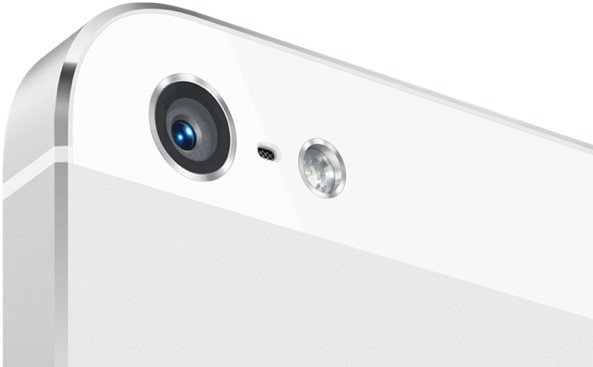Remember back when Verizon first launched the iPhone 4? AT&T, whose network was struggling at the time, launched a campaign highlighting the fact that AT&T users could talk and browse the web at the same time, and Verizon users couldn’t.
Over time, the problem faded into the background. And since Verizon’s LTE network — which is now in nearly 400 markets — supports simultaneous voice and data, we didn’t think it’d be a problem with the iPhone 5. But apparently, we were wrong…
The Verge received the following statement from a Verizon spokesperson:
“The iPhone 5 was designed to allow customers to place a voice call on the Verizon network, while letting customers access the Internet over the Wi-Fi.”
It seems that although Verizon’s LTE network supports concurrent voice and data, something in the iPhone’s design makes it incompatible. And since the Sprint model is the same as the Verizon one, it’s safe to assume that it won’t work there either.
This could certainly influence some folks decisions on which carrier they decide to go with when purchasing the iPhone 5. It’s tough to imagine not being able to look something up on the web while out and about talking on the phone.
What do you think? Is this a deal-breaker?
Update: The New York Times is reporting that the reason the iPhone 5 doesn’t support simultaneous voice and date on Sprint and Verizon networks is hardware-related. Apparently Apple would have had to add a third antenna to the handset to make it work:
“So why does Verizon’s Samsung Galaxy S III, a 4G LTE phone, juggle calls and data? Samsung added an extra antenna so that it pulls data from the 4G LTE network at the same time that it’s using another antenna to do voice, said Anand Shimpi, editor in chief of AnandTech.
Then why didn’t Apple add another antenna? It actually already has two antennas in an effort to improve reception, and it would have had to add a third antenna just for Verizon and Sprint phones to give them simultaneous data and calls, Mr. Shimpi explained. Leaving that third antenna out allows Apple to simplify its manufacturing process of the iPhone for multiple carriers. Plus, in the next two years the 4G LTE network is supposed to evolve to support voice calls, which would render another antenna unnecessary later.”
Interesting.
